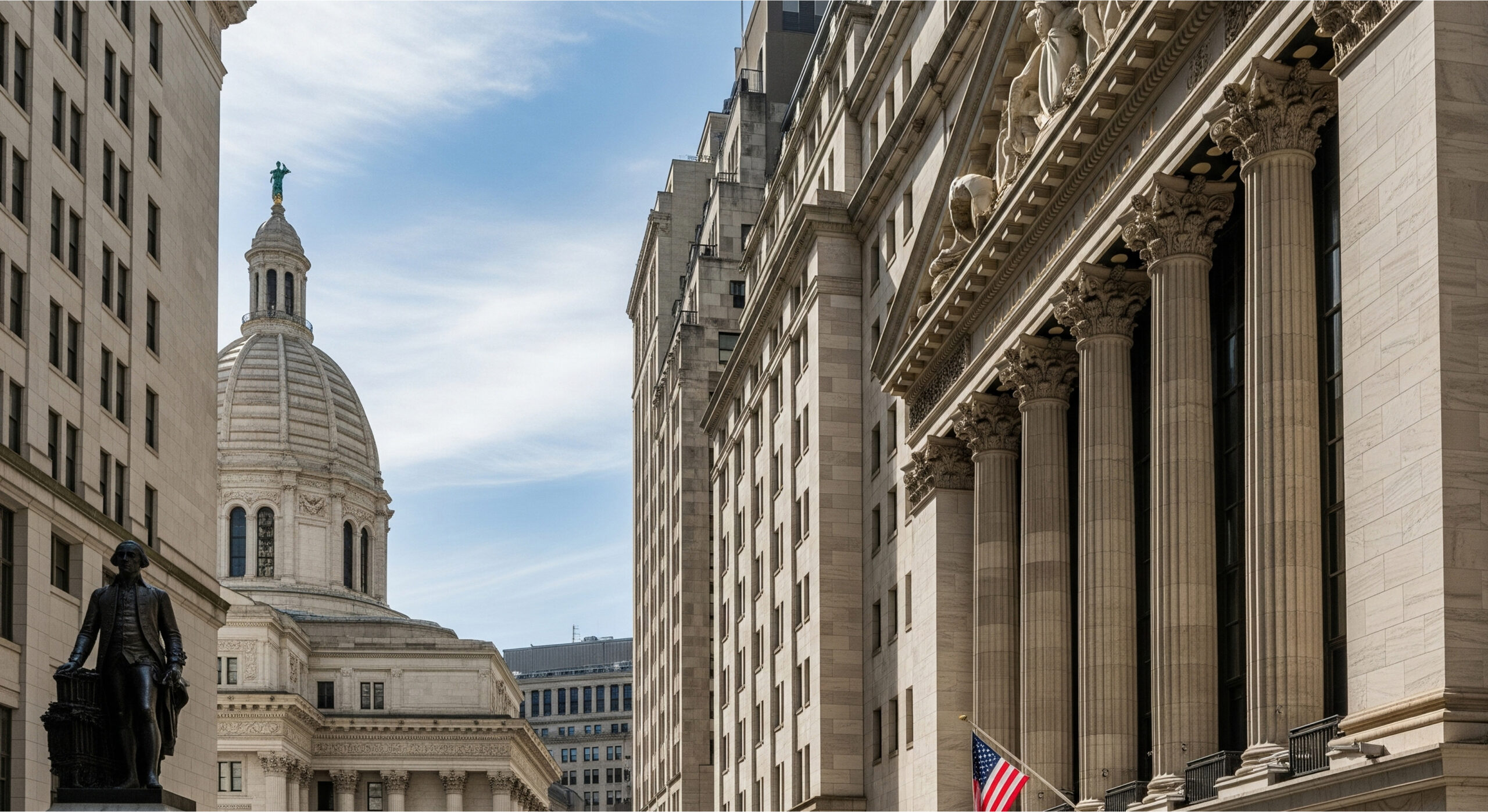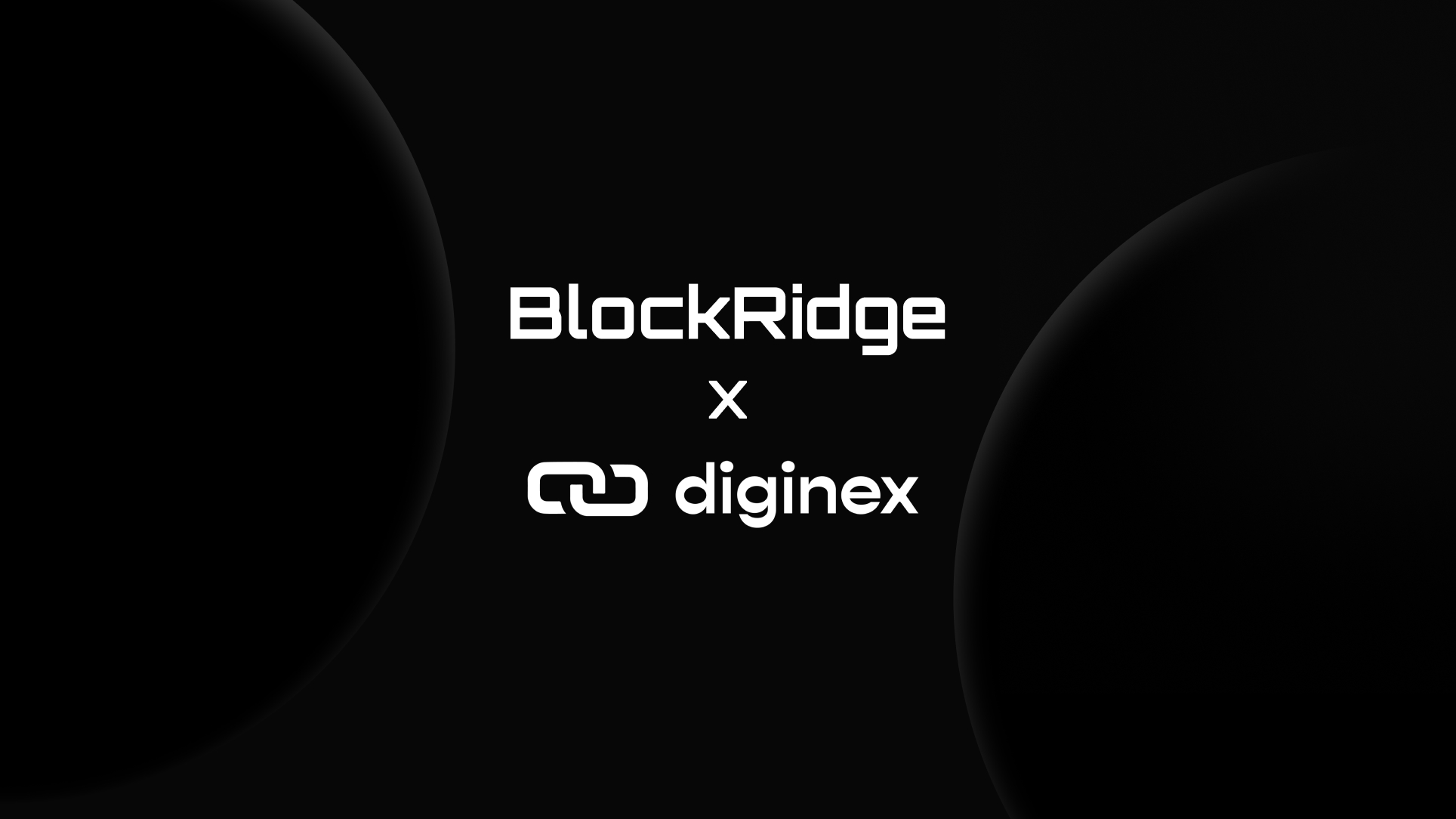Table of Contents
- Introduction to AI-Driven RWA Management
- The Convergence of Tokenization and Artificial Intelligence
- Autonomous Agent Architecture for RWA Portfolios
- Risk Assessment and Dynamic Rebalancing
- Smart Contract Integration and Execution
- Market Analysis and Predictive Modeling
- Regulatory Compliance Through Automated Systems
- Case Studies and Implementation Examples
- Challenges and Technical Limitations
- Future Implications for Asset Management
Introduction to AI Agents Driven RWA Management
AI agents could fundamentally change how institutional investors approach tokenized real-world assets. These autonomous systems might combine machine learning algorithms with blockchain infrastructure to create advanced portfolio management solutions that run with minimal human input. This would represent a meaningful evolution from traditional asset management, where decisions usually depend on periodic human analysis and manual execution.
This idea goes far beyond simple automation. Future AI agents may be able to analyze large datasets, understand market conditions, and execute complex trading strategies across multiple asset classes all at once. When applied to tokenized real-world assets such as real estate, commodities, intellectual property, or carbon credits, these systems could manage portfolios with a level of speed and precision that is hard to match.
The Convergence of Tokenization and AI Agents
Tokenized real-world assets might unlock new ways to enable fractional ownership and improve liquidity in markets that were previously difficult to access. But managing such diverse portfolios introduces challenges that AI agents could be well suited to handle. Since tokenized assets are digital by nature, they can easily plug into autonomous systems and enable near real-time portfolio optimization that physical assets cannot offer.
This convergence may happen at multiple levels. Smart contracts could act as the execution layer, while AI algorithms handle decision-making. Together, they might support advanced strategies like dynamic hedging, cross-asset arbitrage, and risk-based rebalancing across various types of RWAs.
AI agents could also uncover connections between assets that do not seem related at first glance. For example, one might identify a relationship between agricultural land, weather derivatives, and commodity futures, leading to a hedging strategy that would be hard for a human to design.
Autonomous AI Agent Architecture for RWA Portfolios
The architecture for AI agents managing RWA portfolios in the future might involve several key components. The core decision engine could rely on machine learning models trained on past asset performance, market indicators, and macroeconomic signals. These models would process new information continuously and adjust portfolio allocations based on risk and investment goals.
Data ingestion would be another essential part of the system. It could pull in information from market feeds, regulatory updates, economic sources, and blockchain analytics. The better and faster the data, the more effective the agent’s decisions would be.
On the execution side, these agents may need to interact with blockchain networks and decentralized exchanges, handling the unique technical rules of each protocol while optimizing for cost and transaction security.
Risk Assessment and Dynamic Rebalancing
AI agents could one day manage risk across tokenized RWA portfolios in real time. Instead of relying on quarterly reviews or periodic reports, they might make constant, incremental adjustments to keep portfolios within their risk limits.
This process could involve several layers of analysis. Agents might monitor market risk, price volatility, liquidity conditions, and how assets are correlated. They could also evaluate credit risk by analyzing the underlying fundamentals of tokenized assets, especially those backed by debt or issued by specific projects.
Rebalancing decisions would likely factor in trading costs, market impact, and taxes. Future agents could time and size trades in a way that controls costs while keeping portfolios aligned with risk targets.
Smart Contract Integration and Execution
Smart contract automation could be the foundation of how AI agents operate in tokenized asset management. These contracts might execute trades, manage custody, and handle complex operations automatically. With this setup, AI agents could run advanced strategies across different blockchain networks at the same time.
The execution layer may include several types of smart contracts. One set could determine how much to allocate based on AI logic. Another set could carry out trades through decentralized exchanges and liquidity sources.
To improve performance, agents might use cross-chain tools or layer two networks. This could help lower transaction costs and improve speed while also considering factors like network fees, confirmation time, and security.
Market Analysis and Predictive Modeling
AI agents of the future may go far beyond technical indicators. They could combine economic data, sentiment signals, and alternative data sources to create deeper market insights. For tokenized assets, this might include looking at real-world trends, policy updates, and adoption rates of specific technologies.
Depending on the asset and strategy, agents could use time series analysis or more complex machine learning models to spot patterns across a wide range of variables. But these systems would also need to adjust for the fact that tokenized assets do not always follow the same behavior as their traditional counterparts. They would need to consider protocol rules, blockchain-specific dynamics, and ongoing changes in digital asset regulations.
Regulatory Compliance Through Automated Systems
Compliance will likely be one of the harder challenges for autonomous RWA portfolio management. AI agents would need to meet different regulatory rules in different places without losing efficiency. Automated systems might help monitor positions and prevent trades that would break rules.
This setup would likely include checks for know-your-customer rules, anti-money laundering controls, and any limits based on investor types. Tokenized assets might also require more detailed tracking, like making sure they follow digital securities laws or offer proper disclosures.
In the future, smart contracts could carry out these checks automatically and keep a record that regulators can verify. This could offer both better oversight and less work for asset managers.
Case Studies and Implementation Examples
Some hypothetical examples can show what is possible. A pension fund could use AI agents to manage a mix of tokenized real estate, infrastructure debt, and commodities. The system might aim to improve returns while cutting down on operational complexity.
Another example could be tokenized carbon credits. AI agents might manage a range of credit types and standards, adjusting positions based on market movements and predictive models.
Even a family office might use AI agents to manage tokenized art and collectibles. The agent could use visual data and market trends to find valuable pieces and determine when to buy or sell. This might offer insights that traditional methods would miss.
Challenges and Technical Limitations
Despite the potential, there are still real challenges. Liquidity remains limited in many tokenized markets. AI agents would need to be careful with trade sizes and timing so they do not move the market.
Blockchain networks can also experience delays, congestion, or bugs. This can interfere with how the agents operate. Smart contracts may have security flaws that expose portfolios to risk. Strong system design will be key, including backup plans and safety mechanisms.
Another major hurdle is data. Some asset classes have plenty of history to work with. Others do not. AI agents would need to adjust their methods based on how much data is available and how reliable it is.
Future Implications for Asset Management
The rise of AI agents in tokenized RWA management points to a real shift in how assets might be managed in the future. As blockchain infrastructure becomes more reliable and regulatory clarity improves, these agents could take on more complex roles. Institutions might start trusting them to manage larger pools of capital.
Interoperability improvements could let agents work across blockchains and asset types without friction. This could enable multi-platform strategies that take advantage of the unique traits of different tokenization systems.
With IoT devices providing real-time data on how physical assets are performing, AI agents might make quicker and more accurate decisions about value and risk.
Most importantly, these tools might make advanced investment strategies more accessible. Individual investors could use platforms that offer institutional-quality management powered by shared AI infrastructure.
This is exactly what we aim to build at BlockRidge. We are creating an intelligent, AI-first infrastructure for managing tokenized assets at scale. The goal is to make smart, adaptable portfolio systems available to everyone, from institutional managers to retail investors, all grounded in the real-world performance of the assets they represent.
We are still early in this journey, but the potential is exciting. The future of asset management might be more open, more intelligent, and more aligned with how modern markets actually work.






